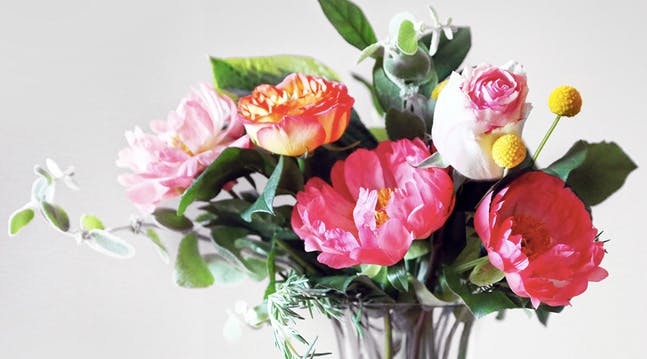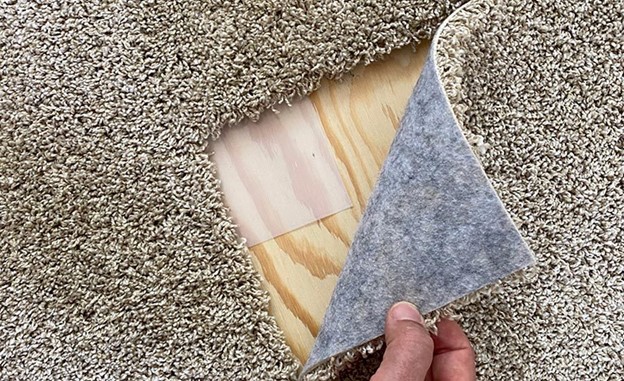You probably spend a lot of time in the spring planting seeds and seedlings and nurturing them so they will produce flowers later on. But once they come into bloom and you have enjoyed their colorful display and fragrance, your work is not done. Here are some tips on what else you need to do for your flowering plants.
Lilacs usually bloom in April and May. Once they finish blooming, it is the right time to prune them. They tend to get overly tall and gangly, rather than being compact. Soon after they bloom, take a by-pass pruner and lop off up to a third of the woody stems, down almost to the ground. Do this each year, and in three years you will have lilac bushes that are shorter and have filled out.
Likewise you want to prune your rose bushes after they bloom. Rugosa roses need to be pruned heavily to keep them from becoming overgrown.
Most flowering plants will produce more blossoms if they are carefully pruned.
Flowers such as coreopsis and marigold need to be deadheaded regularly. If you do this, they will continue blooming all summer and into the fall. Most of the flowers used as cut flowers benefit from being deadheaded. This will extend their blooming for many more weeks. Some, though, such as forget-me-nots, do not benefit.
Weeds take nourishment away from your flowers. Keep weeds down and your flowers will bloom more. With many flowers you can use mulch to discourage weeds and to protect the flowers from summer heat and dryness.
Throw dead stems and clippings onto your compost pile, where they will break down and become rich soil for your garden later on. But be sure you don’t put foliage with pesticides on it into the compost pile.
Share and exchange garden plants with your friends and neighbors. You can acquire many new and interesting plants in this way, and pass your extra plants on to others to enjoy.
Perennials such as lily of the valley and evening primrose send out runner roots and spread rapidly. You will soon have enough to share with others. Giving some away will help keep these prolific perennials from taking over your yard.
Many tall flowering plants such as delphiniums and hollyhocks need to be supported with a stake once they reach a couple of feet in height. Otherwise they may droop. Plant a stake a little away from the stem and attach the plant with some twine.
At garage sales you may find some interesting and helpful hand tools from days gone by. Avoid using mechanical trimmers around your flowers.
Line your flower beds with rocks as borders, or buy a commercially produced liner made of cedar or plastic. Dig a 3 or 4 inch deep trench around your perennial beds with runner roots. Place a plastic edging in this trench and firm it in place with soil. This will keep the runner roots from spreading beyond the bounds you have set.
Gardening is rewarding in the flowers and fruits and vegetables we harvest. But the work itself is also rewarding. The many small things we do to make things grow better result in a beautiful garden.







